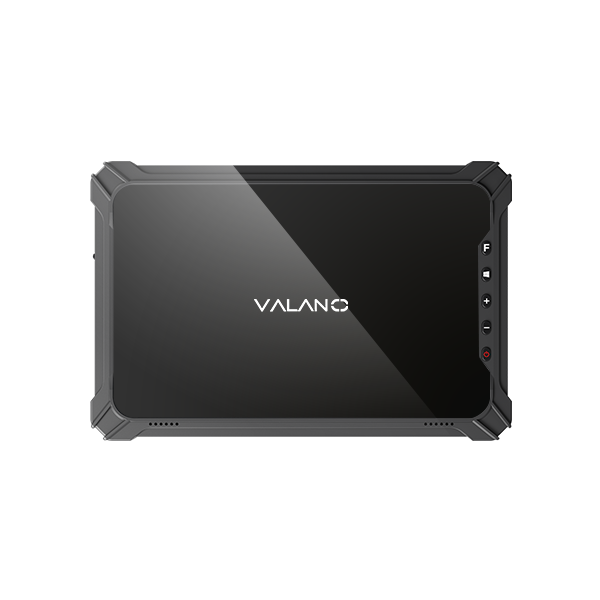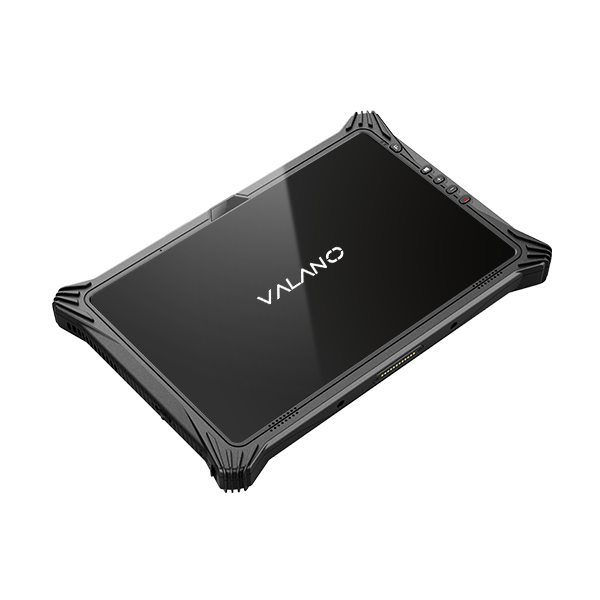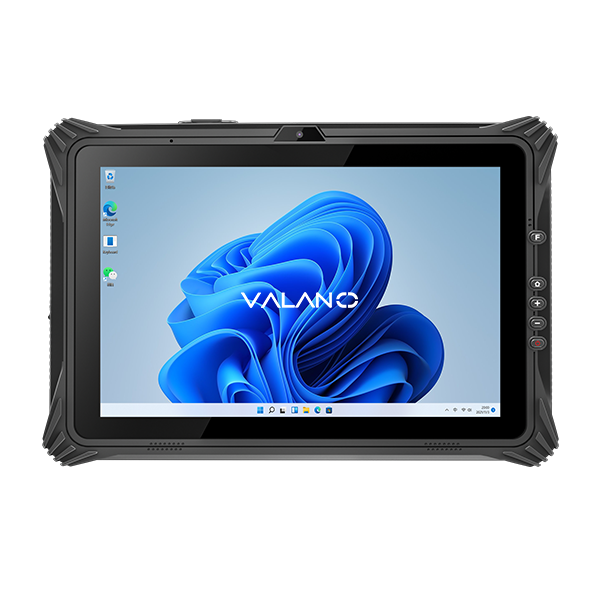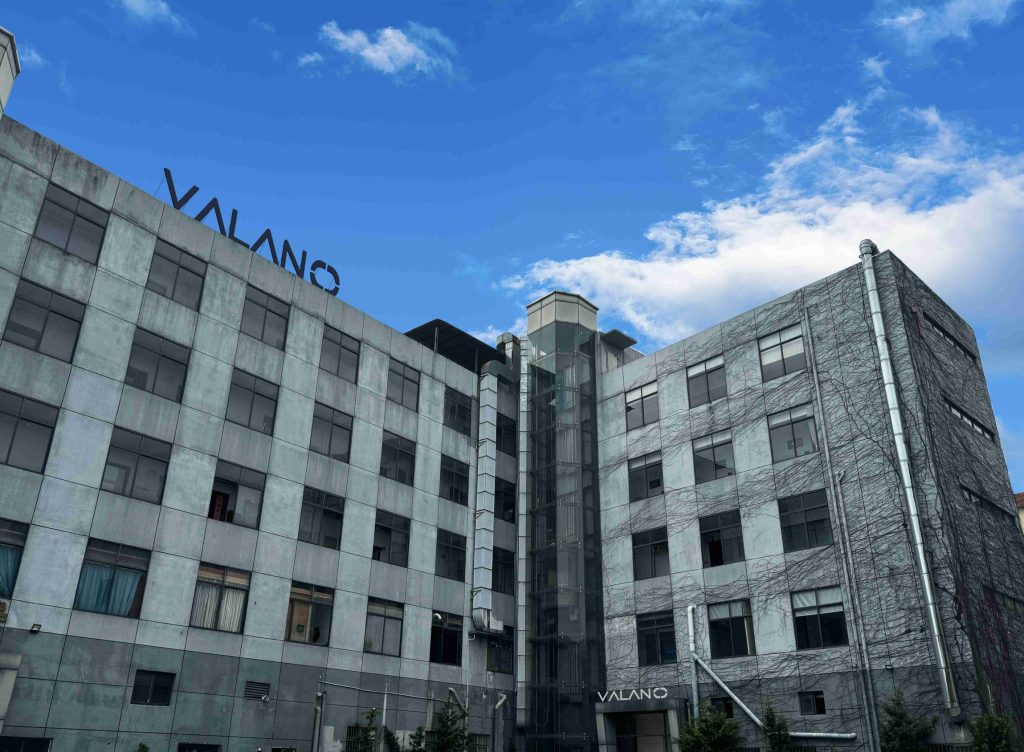Industrial computers power critical operations in sectors like manufacturing, energy, and logistics. An industrial computer features rugged components and specialized designs that set it apart from standard computers. These devices withstand dust, moisture, shocks, and extreme temperatures, ensuring reliable computing in harsh settings. Statistical data shows millions of units sold each year, with leading brands competing to meet high reliability standards. Reliable computing supports automation, process control, and advanced connectivity, making industrial computers essential for demanding environments.
Industrial Computers OverviewIndustrial Computers Overview
What Is an Industrial Computer
An industrial computer, often called an industrial PC or IPC, is a computing device built for use in industrial working environments. Unlike standard consumer PCs, an industrial computer features rugged construction and industrial-grade components. These machines operate reliably in places with dust, moisture, vibration, and extreme temperatures. Industrial computers play a key role in sectors such as manufacturing, food processing, healthcare, automotive, aerospace, and defense. For example, an industrial PC can control factory machinery, manage production schedules, or process medical imaging data. In food and beverage processing, these computers use sealed enclosures for easy cleaning and protection against water and dust. This design ensures continuous operation and high reliability, even in harsh conditions.
The table below highlights the main differences between industrial computers and consumer PCs:
FeatureFeature
Industrial Computers
Consumer PCs
Rugged Construction
Shock-resistant, waterproof, dustproof, fanless
No fanless cooling, less shock resistance
Environmental Certifications
Meet MIL-STD-810, IEC 60068 standards
No such certifications
Port Compatibility
Legacy ports (serial) and modern USB
Mostly modern ports like USB
Customization Options
Anti-glare filters, barcode scanners, tailored needs
Limited customization
Durability and Maintenance
Fewer breakdowns, lower maintenance costs
More prone to damage and wear
Key Features
Industrial PCs stand out because of their rugged construction and advanced features. Many high quality industrial computers use a fanless or ventless design. This reduces the risk of dust buildup and mechanical failure. Special I/O ports, such as serial and GPIO, allow easy connection to industrial equipment. Embedded industrial PC models fit into tight spaces and run critical tasks without interruption. These devices often meet strict standards like MIL-STD-810 for shock and vibration resistance. Industrial PCs also offer customization, such as sunlight-readable screens or hot-swappable batteries. This flexibility makes them suitable for many types of industrial computers, from embedded industrial PC units to large rack-mounted systems. Their reliability and durability help companies reduce downtime and maintenance costs, making industrial computers a smart choice for demanding applications.
Manufacturing
Image Source: pexels
Industrial Applications
Manufacturing relies on industrial computers to drive efficiency, safety, and innovation. Industrial applications in this sector include automation, process control, and real-time monitoring. Industrial PCs collect data from sensors on production lines, analyze it, and trigger automated responses. These computers support process visualization, allowing operators to see every stage of production and quickly identify issues. Industrial automation systems use industrial PCs to manage complex tasks, such as controlling robotic arms or adjusting machine settings for different products.
Industrial applications demand reliability and durability. Industrial PCs operate in environments with dust, vibration, and temperature extremes. They ensure continuous process control and monitoring, even during long production cycles. Embedded industrial PCs enable rapid response to critical events by analyzing sensor data and activating safety protocols. 19" industrial PCs improve manufacturing efficiency, quality, and error detection by collecting sensor data, controlling machines, and enabling real-time monitoring. Substation PCs provide real-time data on electrical infrastructure, improving reliability, fault detection, and maintenance scheduling.
Note: Industrial applications in manufacturing require computers that can handle harsh conditions and deliver consistent performance. This reliability reduces downtime and supports high-quality production.
The global market for industrial automation continues to grow rapidly. The table below highlights key market metrics:
Metric
Value/Insight
2024 Market Size
USD 206.33 Billion
2030 Projected Market Size
USD 378.57 Billion
CAGR (2025-2030)
10.8%
Asia Pacific Market Share 2024
39% (largest regional share)
Manufacturing Segment Share
High share in 2024
Control System Segment
Distributed Control System (DCS) holds substantial share
These figures show the increasing reliance on industrial computers and automation technologies in the manufacturing industry.
Use Cases for Industrial Computers
Industrial computers play a central role in many manufacturing applications. Production lines use industrial PCs for process visualization, machine control, and quality control. Operators monitor every step of production, from raw material input to final product inspection. Industrial PCs help detect errors early, reducing waste and improving product quality.
Manufacturers use predictive maintenance systems powered by industrial computers to monitor equipment health. For example, Coca-Cola bottling plants use IoT sensors and advanced algorithms to track machine performance and predict failures. This approach reduces downtime and allows maintenance during non-peak hours. Tesla analyzes sensor data from vehicles with machine learning to predict component failures, such as brake pads. This system increases equipment uptime by 10-20% and reduces maintenance costs by up to 40%, according to a McKinsey study.
The table below summarizes successful implementations of predictive maintenance and robotics integration in manufacturing:
Company/Industry
Implementation Details
Outcomes/Benefits
Statistical Impact
Coca-Cola (Bottling Plants)
Use of IoT sensors and advanced algorithms to monitor machine performance and predict failures
Reduced downtime, improved operational efficiency, scheduled maintenance during non-peak hours
Significant operational improvements (not quantified)
Tesla (Automotive)
Sensor data from vehicles analyzed with machine learning to predict component failures
Enhanced safety, improved customer satisfaction, automatic service scheduling
10-40% reduction in maintenance costs, 10-20% increase in equipment uptime
Consumer Goods Manufacturing
Vibration pattern analysis on bottling machines to detect anomalies
Reduced unplanned downtime, cost savings, extended equipment lifespan, improved safety
20-25% reduction in maintenance costs
General AI & IoT Integration
AI algorithms analyze sensor data from robotic arms and machinery in real-time
Early fault detection, prevention of costly breakdowns, smooth operations
Described as transformative
A case study in an automotive welding workshop demonstrated the use of a welding robot for aluminum body manufacturing across 110 workstations. The predictive maintenance system integrated fault prediction using a KNN-LSTM model to handle complex, high-dimensional time series data from industrial IoT sensors. This system included modules for fault prediction, knowledge graph construction, and maintenance decision support. These features improved production stability and reduced costs. The study highlights how advanced machine learning models and industrial computers can effectively support predictive maintenance in robotics integration within manufacturing.
Industrial computers also support robotics integration on production lines. They control robotic arms, coordinate movements, and ensure precise assembly. Industrial PCs enable real-time adjustments, helping robots adapt to changes in product design or production speed. Quality control systems use industrial PCs to inspect products with cameras and sensors, identifying defects and ensuring only high-quality items reach customers.
Manufacturing industry leaders continue to invest in industrial applications that use industrial computers for automation, process visualization, and quality control. These use cases for industrial computers demonstrate their value in improving efficiency, reducing costs, and supporting innovation across the manufacturing sector.
Healthcare
Image Source: unsplash
Medical Equipment Control
Healthcare facilities depend on industrial computers to control and monitor medical equipment. These computers manage devices such as MRI machines, infusion pumps, and robotic surgery systems. Industrial tablets provide mobility for healthcare staff, allowing them to adjust equipment settings and access patient data at the bedside. Hospitals use industrial computers because they offer high reliability and can operate in sterile or demanding environments.
Robotic surgery systems, powered by industrial computers, improve precision and reduce recovery times for patients. These systems require high-speed data processing to handle real-time imaging and control. Industrial tablets also support remote diagnostics, enabling technicians to troubleshoot equipment without entering sensitive areas. The COVID-19 pandemic accelerated the adoption of contactless healthcare technologies, proving the effectiveness of industrial computers in managing medical equipment. Reliable computing ensures that devices work correctly, which is critical for patient safety.
Data Management
Healthcare organizations generate large amounts of data every day. Industrial computers help manage this data by integrating information from different sources, such as electronic health records, lab results, and imaging systems. Health informatics uses industrial computing to improve decision-making and enable faster responses to patient needs.
The global Healthcare IoT market continues to grow, with connected devices like remote patient monitors collecting vital signs and sending alerts for timely interventions. These systems reduce hospital stays and improve patient outcomes. Drug safety systems, such as DrugXafe, use industrial computers to track pharmaceuticals and prevent counterfeit medicines from entering the supply chain. This technology helps save thousands of lives each year by ensuring drug safety and supply chain integrity.
Healthcare IT integration also streamlines administrative tasks, reduces errors, and enhances data security. Real-time access to health records leads to faster diagnoses and personalized treatments. Despite challenges like data privacy and security, industrial computers remain essential for reliable healthcare data management.
Automotive and Transportation
Industrial PC in Assembly Lines
Automotive manufacturers rely on industrial pc systems to manage complex assembly lines. These computers control robotic arms, monitor sensors, and ensure each vehicle meets strict quality standards. Industrial pc units operate in environments with high vibration, dust, and temperature changes. Their rugged design allows them to function without interruption, even during long production shifts.
Many automotive plants use modular industrial pc models. These systems allow quick replacement of faulty parts, which reduces maintenance time by 45%. Power efficiency improves by 33% when using modular designs, according to Siemens. Fanless industrial pc units with IP65 protection increase thermal endurance and dust resistance by 30%. Over 60% of automotive manufacturers use rugged computers to manage robotic assembly lines and sensor data. More than half of European automotive lines now use digital management powered by industrial computers.
Note: Edge computing on production floors enables faster real-time decision-making. Over 55% of automotive factories deploy edge solutions for immediate data processing.
The table below highlights key performance and efficiency benefits:
Metric / Feature
Data / Impact
Context / Source Example
Automotive manufacturers using rugged PCs
~60%
Managing robotic assembly lines and sensor data
European automotive lines digitally managed
50%
Use of rugged industrial computers
Edge computing deployment on production floors
55%
Enables faster real-time decision-making
Maintenance time reduction with modular IPCs
45%
Siemens modular industrial PCs
Power efficiency improvement with modular IPCs
33%
Siemens modular industrial PCs
Thermal endurance and dust protection improvement
30%
Fanless IPCs with IP65 protection (Beckhoff)
Automation applications in manufacturing
35%
Includes machine control and assembly monitoring
Fleet and Diagnostics
Fleet operators use industrial pc technology to monitor and maintain vehicles. Onboard diagnostic systems track engine health, fuel efficiency, and emissions. These systems generate diagnostic trouble codes, which help technicians detect issues early. Advanced telematics transmit this data for remote analysis, allowing companies to schedule repairs before breakdowns occur.
Predictive maintenance algorithms analyze data from engine sensors, vehicle usage, and environmental conditions. This approach forecasts failures weeks in advance. As a result, vehicle downtime drops by up to 50%, and maintenance costs decrease by 10-40%. Industrial tablets give technicians mobile access to diagnostic information, making repairs faster and more accurate.
Industrial computers also support real-time tracking and route optimization. Fleet managers use these tools to improve delivery times and reduce fuel consumption. The combination of industrial pc systems and industrial tablets ensures reliable operation in demanding transportation environments.
Food Processing, Energy, and Logistics
Industrial Applications
Industrial computers play a vital role in food processing, energy, and logistics. In food processing, industrial applications include real-time monitoring of temperature, humidity, and contamination risks. These computers help maintain strict safety standards and improve traceability. Energy companies use industrial computers for substation automation, where they control and monitor power distribution. Substation automation systems rely on these computers to manage grid stability and respond quickly to faults. Advanced substation automation uses industrial computers to analyze data from sensors and optimize energy flow.
Logistics companies depend on industrial computers for tracking shipments, managing warehouse inventory, and route planning. Industrial applications in logistics include barcode scanning, automated sorting, and fleet management. These computers withstand harsh environments, such as cold storage or outdoor loading docks. Industrial computers also support applications like digital twins and augmented reality, which help operators visualize and control complex processes.
Note: Industry 5.0 technologies, such as AI, IoT, and robotics, have transformed industrial applications in the food sector. These tools enable adaptive production processes, improve resource efficiency, and support sustainability goals.
Use Cases for Industrial Computers
Many use cases for industrial computers show how these devices improve productivity and safety. In food processing, smart packaging systems use industrial computers to track freshness and prevent spoilage. Digital twins create virtual models of production lines, allowing operators to test changes before making them in real life. Augmented reality applications help workers identify quality issues and perform maintenance tasks.
In the energy sector, substation automation ensures reliable power delivery. Industrial computers collect data from transformers and circuit breakers, then send alerts if problems arise. Advanced substation automation uses predictive analytics to schedule maintenance and reduce outages. These applications keep the power grid stable and efficient.
Logistics companies use industrial computers to optimize delivery routes and monitor vehicle locations. Automated warehouses rely on these computers for inventory control and order fulfillment. Industrial applications in logistics improve speed, accuracy, and customer satisfaction.
The integration of AI, IoT, and big data in industrial applications continues to drive innovation. While most reviews highlight qualitative benefits, such as better resource optimization and sustainability, the impact on productivity remains clear across food processing, energy, and logistics.
Industrial computers deliver significant benefits across manufacturing, healthcare, automotive, and logistics. They provide benefits such as durability, reliability, and adaptability in harsh environments. Many industries experience benefits like reduced downtime and improved safety. When selecting industrial computers, decision-makers should match features to their operational needs. Each industry has unique requirements, so careful evaluation ensures the greatest benefits and long-term value.






